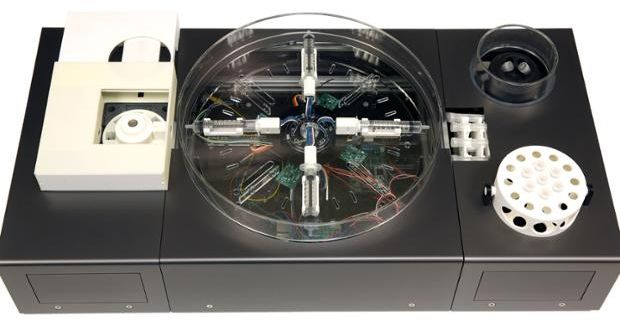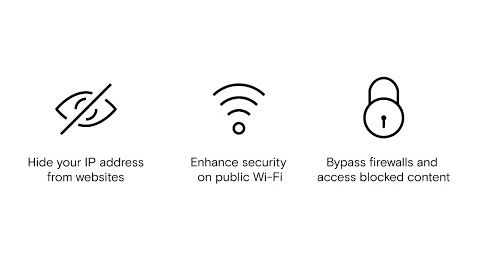These desktop gadgets should make DIY genetic engineering much easier.
Despite having a setup that has been pretty much operating for years, how many data points are in the paper? Eighteen. Now, if this were a really time-consuming experiment, I wouldn’t let that bother me. Hell, some synchrotron experiments have only a single data point. But this is clearly not a time-limited experiment.
That’s the bad news.
The good news is that mental health professionals have smarter tools than ever before, with artificial intelligence-related technology coming to the forefront to help diagnose patients, often with much greater accuracy than humans.
A new study published in the journal Suicide and Life-Threatening Behavior, for example, showed that machine learning is up to 93 percent accurate in identifying a suicidal person. The research, led by John Pestian, a professor at Cincinnati Children’s Hospital Medical Center, involved 379 teenage patients from three area hospitals.
In Brief
- Last week’s US Senate Subcommittee on Space, Science, and Competitiveness focused on the impact AI has in various sectors of US society.
- Scientists predict that investments in AI will increase by more than 300 percent over the next few years, meaning AI will have a more prominent role in society.
Senator Ted Cruz opened up last Wednesday’s hearing by the US Senate Subcommittee on Space, Science, and Competitiveness with a description of the changing landscape of technology: “Whether we recognize it or not, artificial intelligence is already seeping into our daily lives.”
Senator Cruz explained that scientists are predicting how investments in AI will increase by more than 300 percent in the next few years, which means AI will have a more prominent role in society. With that in mind, the subcommittee’s hearing focused on the impact AI has in various sectors of US society, and how to best ensure US leadership in AI development.
In Brief
- Scientists are developing new ways to bridge the gap between our bodies and electronics by mimicking the connections between neurons.
- Countless individuals stand to gain increased functionality and quality of life by these new developments in bio-hybrid devices like prosthetics and brain implants.
Lmao.
Fertility clinics probably aren’t the most comfortable places to “extract” sperm. I haven’t had the pleasure, but being handed a receptacle and led into a room with visual aids and hearing that door close behind you has to be a bit awkward. More awkward is the thought that everyone outside this room knows the dirty things I’m about to do to this cup in the name of science.
A new product, ‘YO Sperm Test,’ lets you skip all that. The at-home test kit uses a mini-microscope that clips on to your smartphone and allows you to not only test your sperm’s motility — the rate at which they move — and the count, but to view your little swimmers on the screen of your smart device.
Join us and 20,000 others at our 12th edition of TNW Conference. 2-for-1 tickets available soon.









